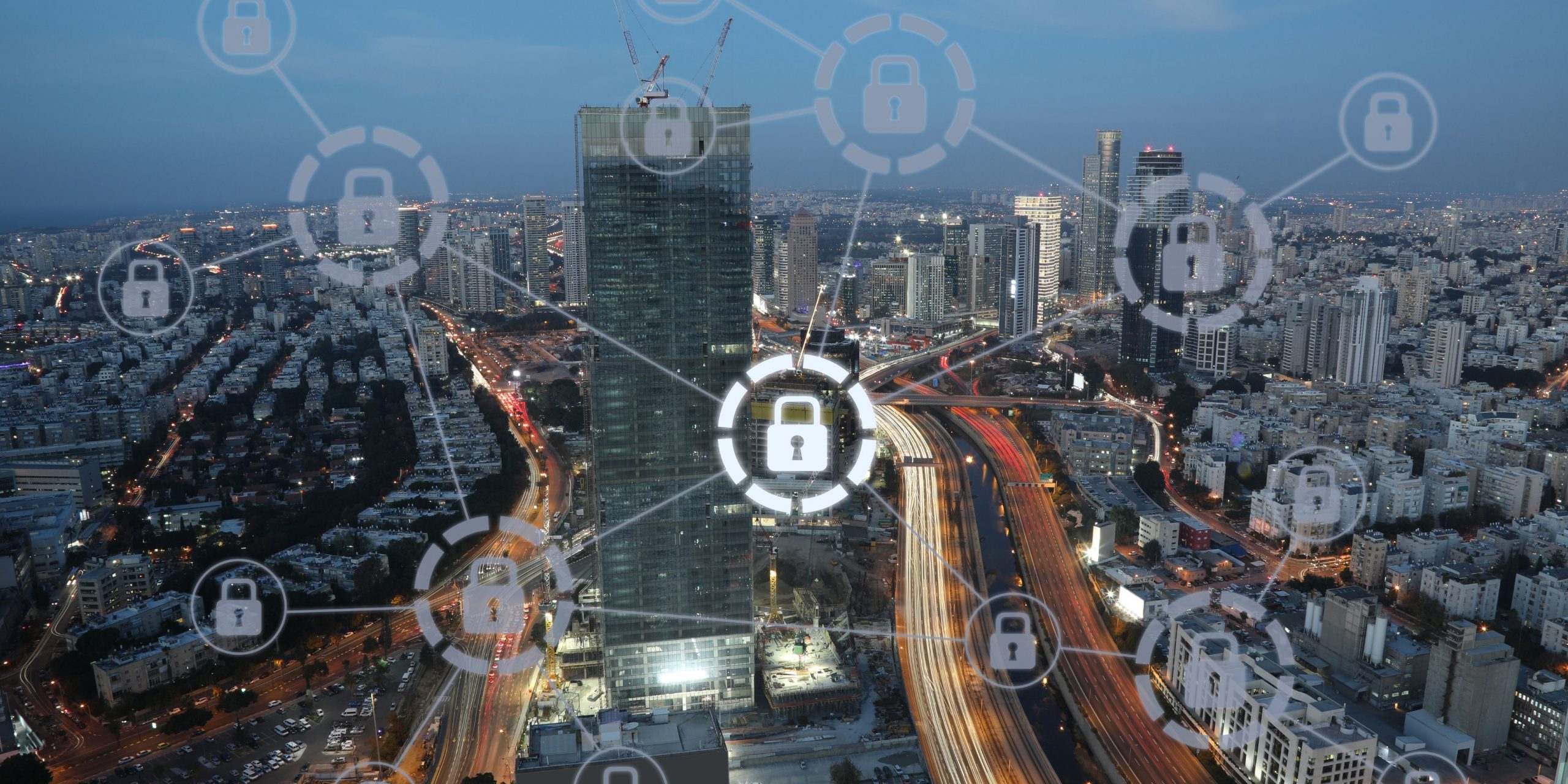As technology advances and the world becomes more connected, integrating physical security with cybersecurity becomes crucial. This approach boosts threat detection and response, cuts costs, and strengthens an organization’s overall security.
The Need for Integration
The Internet of Things (IoT) and the Industrial Internet of Things (IIoT) broaden the attack surface to include both physical and digital elements. Cyber-physical systems, like surveillance cameras, now face threats from cybercriminals. Protecting these systems requires a holistic approach, focusing on the security of people, processes, and infrastructure.
Incidents show the overlap of cyber and physical security in two ways:
- Cyberattacks on Physical Systems: Digital threats target physical infrastructure to gain unauthorized access, disrupt, or cause damage.
- Physical Systems in Cyberattacks: Attackers exploit physical devices, like compromised IoT devices, to launch cyberattacks, such as distributed denial of service (DDoS) attacks.
Essentials of Physical Security
Effective asset protection relies on key physical security measures:
- Access Control Systems limit access to sensitive areas.
- Perimeter Security includes fences to block unauthorized access.
- Surveillance Systems monitor activities, enhancing security.
- Intrusion Detection Systems alert staff to unauthorized attempts.
- Security Lighting deters intruders and boosts visibility.
- Security Personnel monitor and respond to threats.
- Security Alarms detect breaches and trigger alerts.
Cybersecurity Fundamentals
Protecting digital assets requires crucial cybersecurity elements:
- Firewalls control network traffic.
- Antivirus and Antimalware fight malicious software.
- Intrusion Detection and Prevention Systems (IDPSs) watch for suspicious activities.
- SSL/TLS encrypt data to protect its integrity.
- Two-Factor Authentication (2FA) adds a layer of security.
- Security Awareness Training teaches best practices.
- Regular Updates and Patch Management fix vulnerabilities.
Cybersecurity Framework Core Functions
The National Institute of Standards and Technology (NIST) Cybersecurity Framework highlights five functions:
- Identify: Catalog assets to assess risks.
- Protect: Implement safeguards.
- Detect: Monitor and identify events in real-time.
- Respond: Act to contain and mitigate impacts.
- Recover: Restore operations after an incident.
Integrating Physical with Cybersecurity
Effective frameworks demand collaboration across physical and cybersecurity teams, crucial from protection to recovery. For instance, physical measures can block access to digital systems, while cybersecurity defends against digital threats causing physical breaches.
Integration Benefits
Combining these disciplines offers advantages like better threat detection, improved data protection, a stronger security posture, real-time monitoring, and cost savings.
Integration Best Practices
Successful integration involves:
- Encouraging team collaboration.
- Conducting regular risk assessments.
- Training staff on security best practices.
Maxxess Systems: Your Integration Partner
Maxxess Systems offers advanced solutions for integrating physical and cybersecurity. Partner with Maxxess to enhance your security framework, ready for the challenges of a connected world. Explore how Maxxess can support your security needs with a demo request today.

